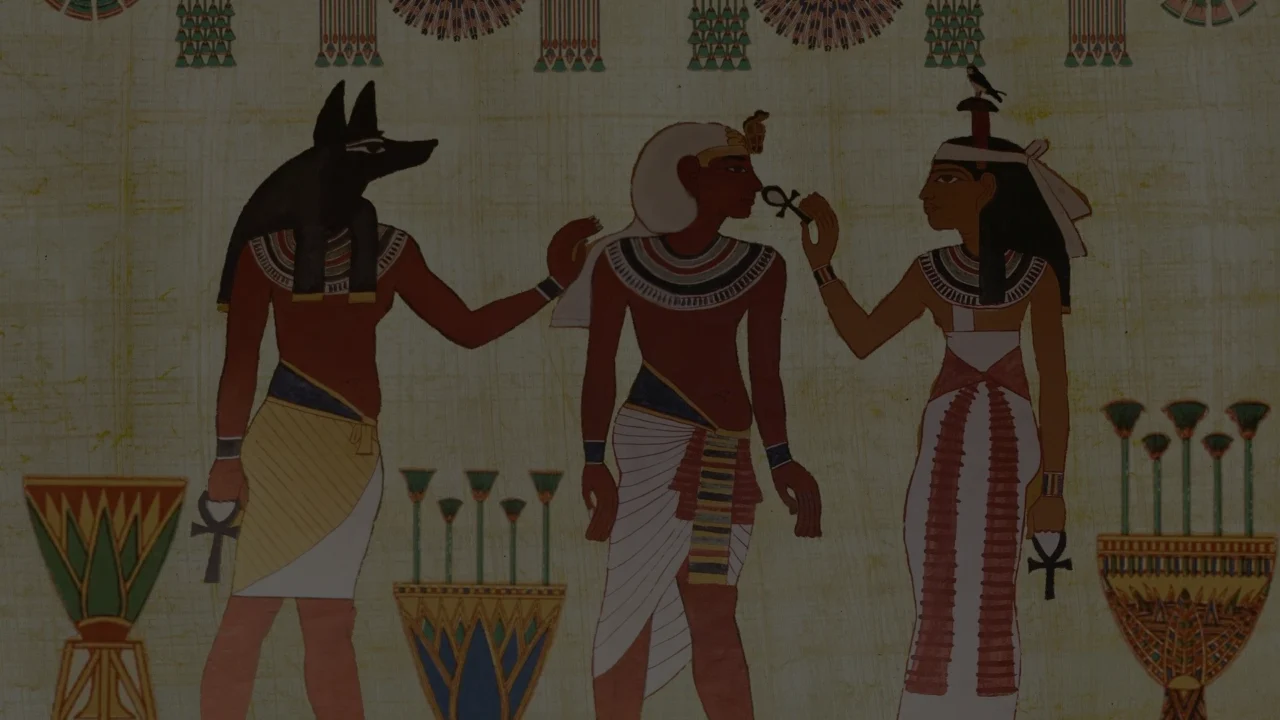TaxTax historyThe History of Taxation
January 31, 2023
Taxation has been a part of human civilization for thousands of years, dating back to ancient civilizations such as the Egyptians and the Greeks. Throughout history, taxes have been used to finance government operations, fund public goods, and redistribute wealth.

